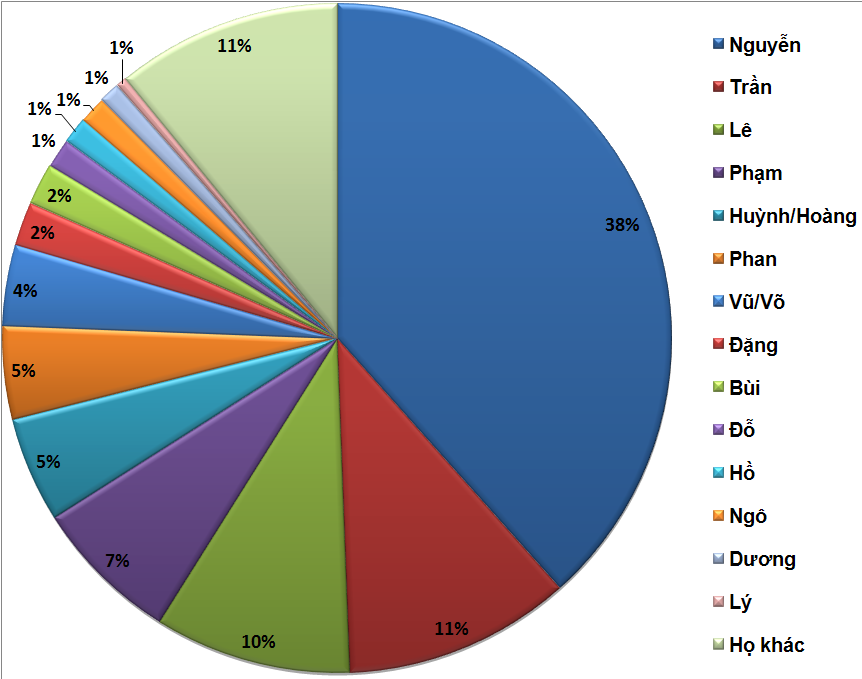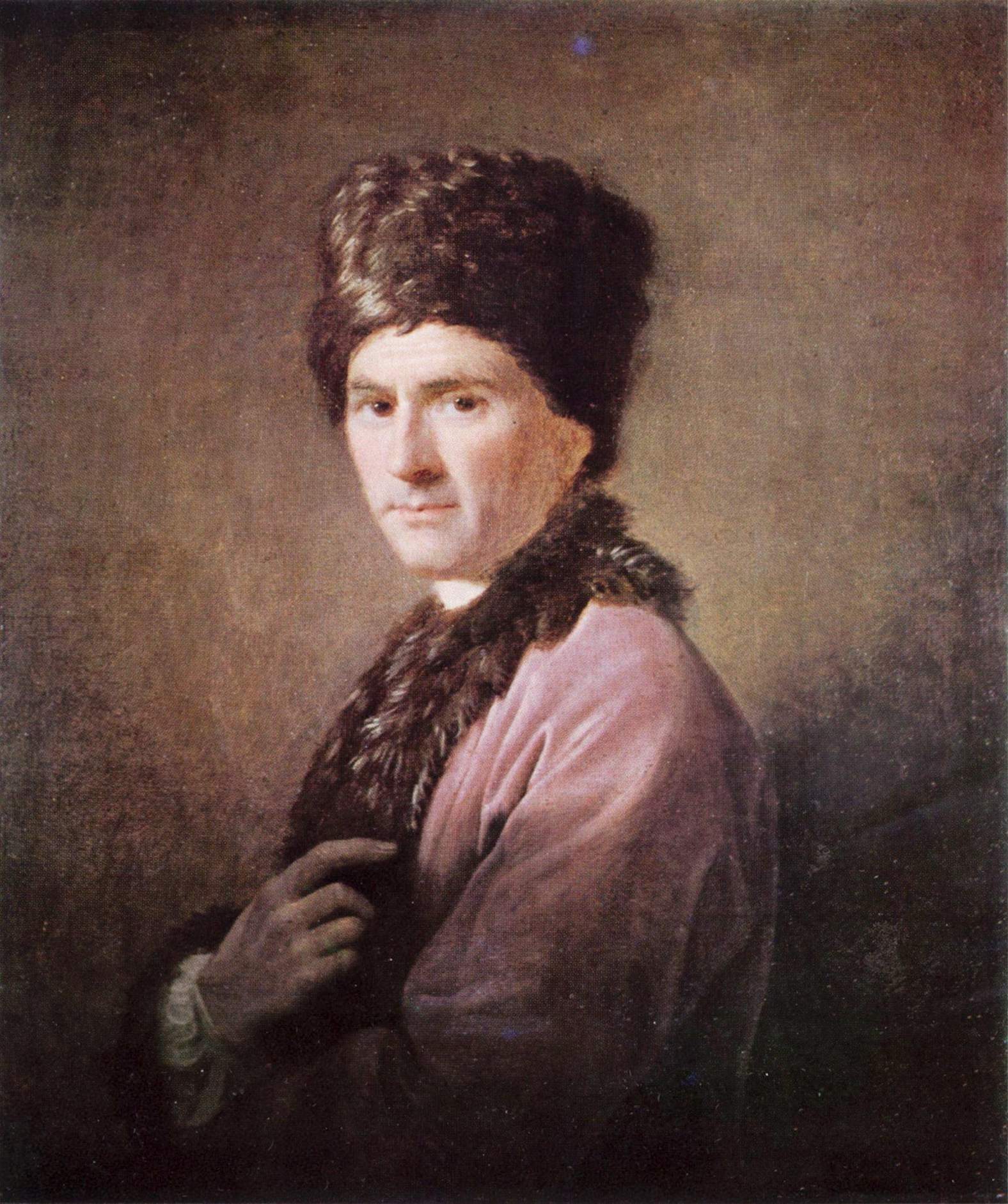|
Khải Định
Khải Định (; chữ Hán: 啓定; born Nguyễn Phúc Bửu Đảo; 8 October 1885 – 6 November 1925) was the 12th emperor of the Nguyễn dynasty in Vietnam, reigning from 1916 to 1925. His name at birth was Prince Nguyễn Phúc Bửu Đảo. He was the son of Emperor Đồng Khánh, but he did not succeed him immediately. Biography Before Emperor Đồng Khánh's era came the eras of Emperor Thành Thái and Emperor Duy Tân, both of whom were exiled by the French for their resistance to the colonial regime. After this trouble, the French decided to enthrone Bửu Đảo as he was the son of the monarch who was the most submissive Nguyễn collaborator with the colonial regime, standing with the French colonizers and opposing any independence movements, Emperor Đồng Khánh. File:Prince Nguyễn Phúc Vĩnh Thụy (阮福永瑞) and the Khải Định Emperor (啓定帝) - Southern China Morning Post.jpg, Emperor Khải Định and crown prince Vĩnh Thụy. File:K ... [...More Info...] [...Related Items...] OR: [Wikipedia] [Google] [Baidu] |
Đồng Khánh
Đồng Khánh (, vi-hantu, 同 慶, lit. "collective celebration"; 19 February 1864 – 28 January 1889), born Nguyễn Phúc Ưng Kỷ (阮福膺祺) or Nguyễn Phúc Ưng Đường (阮福膺禟), also known as Chánh Mông (正蒙), was the ninth emperor of the Nguyễn Dynasty of Vietnam. He reigned three years between 1885 and 1889. His royal temple name was Cảnh Tông (景宗). Biography Đồng Khánh was born on 19 December 1864 at Imperial City of Huế. He got the childhood name Chánh Mông when he was brought up in Chánh Mông palace. Đồng Khánh was the eldest son of Prince Nguyễn Phúc Hồng Cai (son of emperor Thiệu Trị) and Concubine Bùi Thị Thanh. As his uncle, Emperor Tự Đức, had no children, Đồng Khánh was adopted and given the title Kiên Giang quận công (Duke of Kiên Giang). Rule After the French armies captured the city of Huế and the Purple Forbidden City fell to the French, the court regents Nguyễn Văn Tường a ... [...More Info...] [...Related Items...] OR: [Wikipedia] [Google] [Baidu] |
Nguyễn Dynasty
The Nguyễn dynasty (chữ Nôm: 茹阮, vi, Nhà Nguyễn; chữ Hán: 阮朝, vi, Nguyễn triều) was the last Vietnamese dynasty, which ruled the unified Vietnamese state largely independently from 1802 to 1883. During its existence, the empire expanded into modern-day southern Vietnam, Cambodia, and Laos through a continuation of the centuries-long Nam tiến and Siamese–Vietnamese wars. After 1883, the Nguyễn emperors ruled nominally as heads of state of the French protectorates of Annam and Tonkin until the final months of WWII; they later nominally ruled over the Empire of Vietnam until the August Revolution. The Nguyễn Phúc family established feudal rule over large amounts of territory as the Nguyễn lords by the 16th century before defeating the Tây Sơn dynasty and establishing their own imperial rule in the 19th century. The dynastic rule began with Gia Long ascending the throne in 1802, after ending the previous Tây Sơn dynasty. The Nguy ... [...More Info...] [...Related Items...] OR: [Wikipedia] [Google] [Baidu] |
Traditional Chinese Characters
Traditional Chinese characters are one type of standard Chinese characters, Chinese character sets of the contemporary written Chinese. The traditional characters had taken shapes since the libian, clerical change and mostly remained in the same structure they took at the introduction of the regular script in the 2nd century. Over the following centuries, traditional characters were regarded as the standard form of printed Chinese characters or Classical Chinese, literary Chinese Adoption of Chinese literary culture, throughout the Sinosphere until the middle of the 20th century, before different script reforms initiated by Chinese family of scripts, countries using Chinese characters as a writing system. Traditional Chinese characters remain in common use in Taiwan, Hong Kong and Macau, as well as in most overseas Chinese communities outside Southeast Asia; in addition, Hanja in Korean language#Writing system, Korean language remains virtually identical to traditional charac ... [...More Info...] [...Related Items...] OR: [Wikipedia] [Google] [Baidu] |
Traditional Chinese Characters Seal Of The Khải Định Emperor (Khải Định 7)
A tradition is a belief or behavior (folk custom) passed down within a group or society with symbolic meaning or special significance with origins in the past. A component of cultural expressions and folklore, common examples include holidays or impractical but socially meaningful clothes (like lawyers' wigs or military officers' spurs), but the idea has also been applied to social norms such as greetings. Traditions can persist and evolve for thousands of years—the word ''tradition'' itself derives from the Latin ''tradere'' literally meaning to transmit, to hand over, to give for safekeeping. While it is commonly assumed that traditions have an ancient history, many traditions have been invented on purpose, whether that be political or cultural, over short periods of time. Various academic disciplines also use the word in a variety of ways. The phrase "according to tradition", or "by tradition", usually means that whatever information follows is known only by oral tradition, ... [...More Info...] [...Related Items...] OR: [Wikipedia] [Google] [Baidu] |
Seal (East Asia)
A seal, in an East and Southeast Asian context, is a general name for printing stamps and impressions thereof which are used in lieu of signatures in personal documents, office paperwork, contracts, art, or any item requiring acknowledgement or authorship. On documents they were usually used to print an impression using a pigmented paste or ink, unlike the wax impression commonly used in Europe. Of Chinese origin, the process soon spread beyond China and across East and Southeast Asia. Various countries in these regions currently use a mixture of seals and hand signatures, and, increasingly, electronic signatures. Chinese seals are typically made of stone, sometimes of metals, wood, bamboo, plastic, or ivory, and are typically used with red ink or cinnabar paste (). The word 印 ("yìn" in Mandarin, "in" in Japanese and Korean, "ấn" and "in" in Vietnamese) specifically refers to the imprint created by the seal, as well as appearing in combination with other morpheme ... [...More Info...] [...Related Items...] OR: [Wikipedia] [Google] [Baidu] |
Tuberculosis
Tuberculosis (TB) is an infectious disease usually caused by ''Mycobacterium tuberculosis'' (MTB) bacteria. Tuberculosis generally affects the lungs, but it can also affect other parts of the body. Most infections show no symptoms, in which case it is known as latent tuberculosis. Around 10% of latent infections progress to active disease which, if left untreated, kill about half of those affected. Typical symptoms of active TB are chronic cough with hemoptysis, blood-containing sputum, mucus, fever, night sweats, and weight loss. It was historically referred to as consumption due to the weight loss associated with the disease. Infection of other organs can cause a wide range of symptoms. Tuberculosis is Human-to-human transmission, spread from one person to the next Airborne disease, through the air when people who have active TB in their lungs cough, spit, speak, or sneeze. People with Latent TB do not spread the disease. Active infection occurs more often in people wi ... [...More Info...] [...Related Items...] OR: [Wikipedia] [Google] [Baidu] |
Nguyễn Đắc Vọng
Nguyễn () is the most common Vietnamese surname. Outside of Vietnam, the surname is commonly rendered without diacritics as Nguyen. Nguyên (元)is a different word and surname. By some estimates 39 percent of Vietnamese people bear this surname.Lê Trung Hoa, ''Họ và tên người Việt Nam'', NXB Khoa học - Xã hội, 2005 Origin and usage "Nguyễn" is the spelling of the Sino-Vietnamese pronunciation of the Han character 阮 (, ). The same Han character is often romanized as ''Ruǎn'' in Mandarin, ''Yuen'' in Cantonese, ''Gnieuh'' or ''Nyoe¹'' in Wu Chinese, or ''Nguang'' in Hokchew. . Hanja reading (Korean) is 완 (''Wan'') or 원 (''Won'') and in Hiragana, it is げん (''Gen''), old reading as け゚ん (Ngen). The first recorded mention of a person surnamed Nguyen is a 317 CE description of a journey to Giao Châu undertaken by Eastern Jin dynasty (, ) officer and his family. Many events in Vietnamese history have contributed to the name's prominence. I ... [...More Info...] [...Related Items...] OR: [Wikipedia] [Google] [Baidu] |
Hồ Đắc Trung
Hồ is a Vietnamese word. It may refer to: *Hồ (surname), a Vietnamese surname *Hồ dynasty The Hồ dynasty (Vietnamese: , chữ Nôm: 茹胡; Sino-Vietnamese: ''Hồ triều, chữ Hán:'' 胡朝) was a short-lived Vietnamese dynasty consisting of the reigns of two monarchs, Hồ Quý Ly (胡季犛) in 1400–01 and his second son ... of Vietnam * Hồ, Bắc Ninh, a township and capital of Thuận Thành District {{disambiguation ... [...More Info...] [...Related Items...] OR: [Wikipedia] [Google] [Baidu] |
Phan Bội Châu
Phan Bội Châu (; 26 December 1867 – 29 October 1940), born Phan Văn San, courtesy name Hải Thụ (later changed to Sào Nam), was a pioneer of Vietnamese 20th century nationalism. In 1903, he formed a revolutionary organization called '' Duy Tân Hội'' ("Modernization Association"). From 1905 to 1908, he lived in Japan where he wrote political tracts calling for the independence of Vietnam from French colonial rule. After being forced to leave Japan, he moved to China where he was influenced by Sun Yat-sen. He formed a new group called ''Việt Nam Quang Phục Hội'' (“Vietnamese Restoration League”), modeled after Sun Yat-sen's republican party. In 1925, French agents seized him in Shanghai. He was convicted of treason and spent the rest of his life under house arrest in Huế. Aliases During his career, Phan used several pen names, including Sào Nam ( 巢南), Thị Hán ( 是 漢), Độc Tỉnh Tử ( 獨 醒子), Việt Điểu, and Hàn Mãn Tử. Early y ... [...More Info...] [...Related Items...] OR: [Wikipedia] [Google] [Baidu] |
Ho Chi Minh
(: ; born ; 19 May 1890 – 2 September 1969), commonly known as (' Uncle Hồ'), also known as ('President Hồ'), (' Old father of the people') and by other aliases, was a Vietnamese revolutionary and statesman. He served as Prime Minister of Vietnam from 1945 to 1955 and as President from 1945 until his death in 1969. Ideologically a Marxist–Leninist, he served as Chairman and First Secretary of the Workers' Party of Vietnam. was born in Nghệ An province in the French protectorate of Annam. He led the independence movement from 1941 onward. Initially, it was an umbrella group for all parties fighting for Vietnam's independence, but the Communist Party gained majority support after 1945. led the Communist-led Democratic Republic of Vietnam in 1945, defeating the French Union in 1954 at the Battle of , ending the First Indochina War, and resulting in the division of Vietnam, with the Communists in control of North Vietnam. He was a key figure in ... [...More Info...] [...Related Items...] OR: [Wikipedia] [Google] [Baidu] |








.jpg)